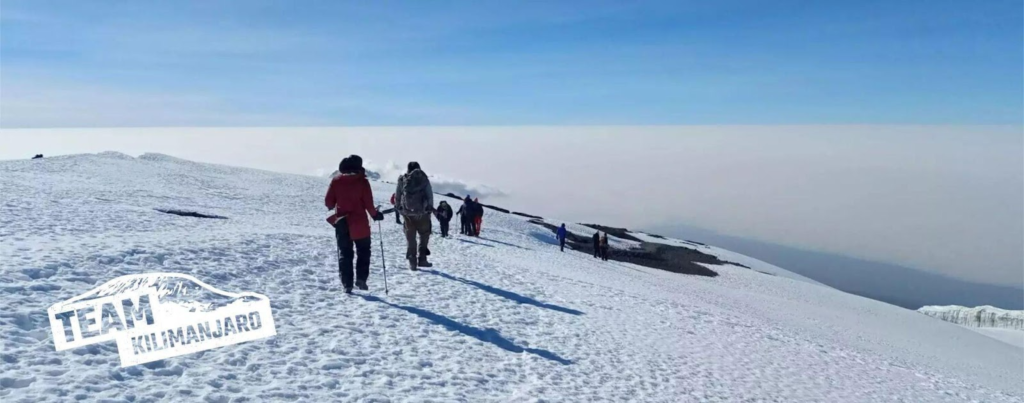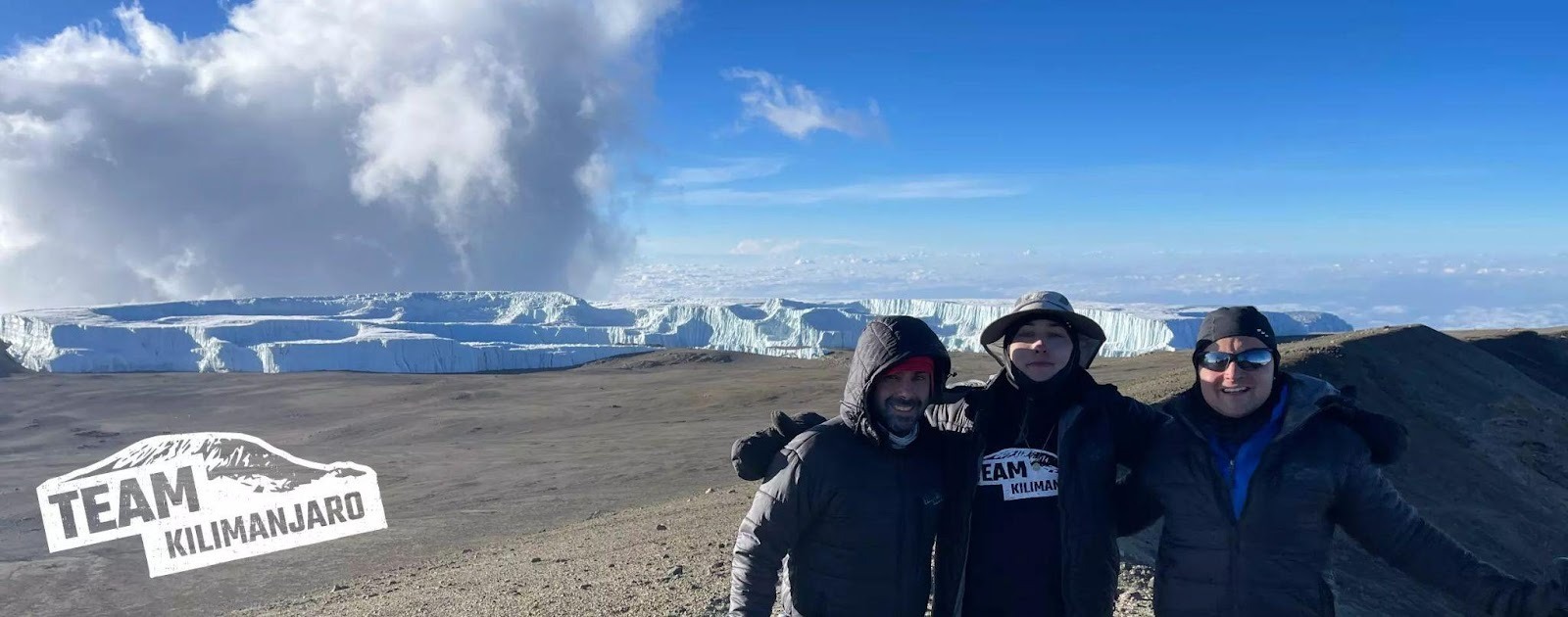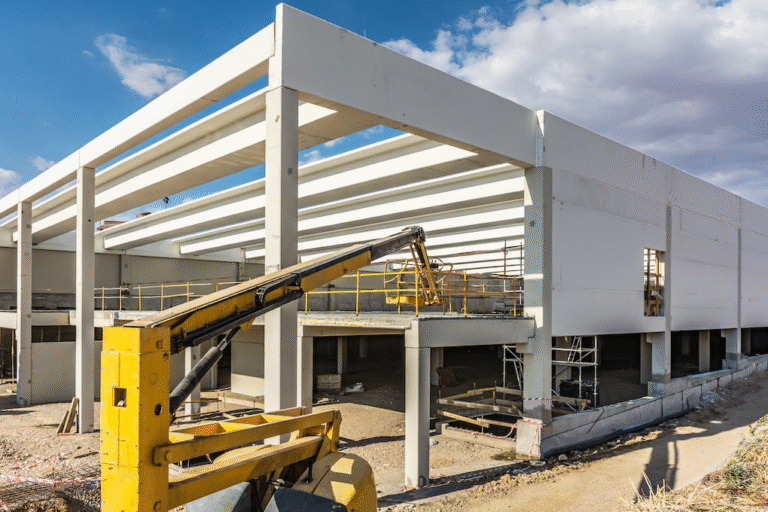Kilimanjaro: A Journey of Height, Heart, and Perspective
Some journeys are measured not just in miles or metres, but in transformation. To climb Kilimanjaro — Africa’s highest mountain at 5,895 metres — is to step into a story that is at once ancient and immediate, physical and spiritual, practical and poetic.
Rising above the Tanzanian plains, Kilimanjaro has been a muse for writers, explorers, and dreamers. Yet its true meaning is discovered not in photographs or tales, but in the slow, deliberate act of walking from rainforest to glacier. It is a pilgrimage that reveals more about resilience and balance than about altitude alone.
How Long Does It Take?
Every story has rhythm, and so does Kilimanjaro. One of the first questions asked is how long does it take to climb Kilimanjaro. Some itineraries promise a quick five-day ascent, but rushing often leads to unfinished chapters: altitude sickness, exhaustion, retreat.
The fuller story unfolds in seven to nine days. This slower pace allows the body to adjust to altitude, turning struggle into steady progress. It mirrors life itself: where endurance and patience carry us further than haste, and where meaning is found not just in the destination but in the deliberate pacing of each step.
Routes as Narratives
Each route up Kilimanjaro is like a different plotline. Some — such as Machame or Umbwe — are crowded, their paths steep and busy, including needless diversions like the 401-metre climb immediately lost into Karanga Valley.
Team Kilimanjaro’s TK Lemosho Route is a more considered narrative. It avoids wasted effort, begins with quieter trails, and allows acclimatisation to unfold naturally. The scenery shifts gradually, from lush rainforest to alpine desert, like chapters building toward a climax. For those who seek an extraordinary footnote, the Excel Extension offers a night in the crater at 5,729 metres after summiting — an unforgettable epilogue that only a few ever experience.
Seasons as Moods
The best time to climb Kilimanjaro depends on the mood you want for your story. The dry seasons of January to March and June to October are clear, bright, and filled with other climbers — the equivalent of a bustling festival or a lively city square.
The rainy months of April–May and November offer a different atmosphere: quieter trails, greener landscapes, mist that softens the mountain’s profile. These climbs are harder but more intimate, a reminder that beauty is sometimes revealed through challenge. Choosing when to climb is like choosing the tone of your own narrative — bold and bright, or moody and introspective.
Companions on the Journey
Every great journey involves companions. Kilimanjaro’s guides and porters are not just logistical support but storytellers in their own right — carrying loads, preparing meals, setting up camps, and encouraging climbers when energy fades.
Team Kilimanjaro offers seven support “series,” each reflecting a different way of experiencing the mountain. The Advantage Series, chosen by around 70 percent of climbers, blends comfort and authenticity, with three-course meals, private toilets, and mess tents. The Superlite Series appeals to minimalists, while the Hemingway Series caters to VIPs who prefer refinement.

The choice reflects personality more than ability: whether you prefer minimalism, balance, or indulgence, the shared story of support and camaraderie remains the same.
Summit Night
No story is complete without its climax. On Kilimanjaro, it comes on summit night. Climbers wake at midnight, tracing a ribbon of headlamps through the darkness, moving slowly in the thin, freezing air.
Hours later, the horizon glows. The glaciers catch fire in the sunrise, and the plains below stretch endlessly into gold. The wooden sign at Uhuru Peak marks the culmination of effort, a final sentence written at the roof of Africa.
This moment, like the last page of a novel, stays long after the book is closed.
Beyond the Climb
Many climbers extend their narrative with a safari in the Serengeti or days on Zanzibar’s white beaches. These are like companion volumes — different stories connected to the same journey.
Yet the essence of Kilimanjaro is what you bring back inside yourself: resilience, perspective, and a sense of belonging to something larger than yourself.

Final Reflection
To Kilimanjaro veterans, the mountain is more than rock and ice. It is a narrative structure, a living story that teaches patience, courage, and endurance. By knowing how long does it take to climb Kilimanjaro, selecting the best time to climb Kilimanjaro, and choosing refined routes like TK Lemosho, climbers enter a story that is not just physical but deeply personal.
Kilimanjaro does not rush its climbers, nor does it offer shortcuts. Instead, it invites us to write ourselves into its landscape, one step at a time, until the summit becomes both an ending and a beginning — a story to tell, and a lesson to live.







